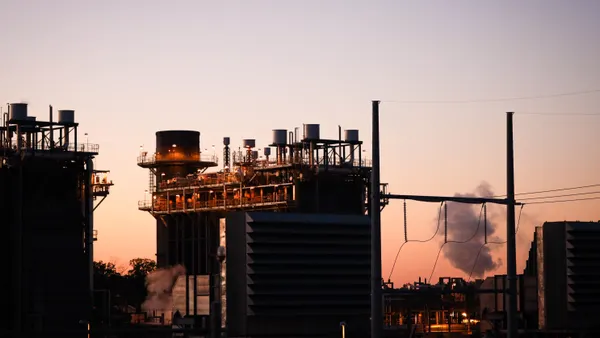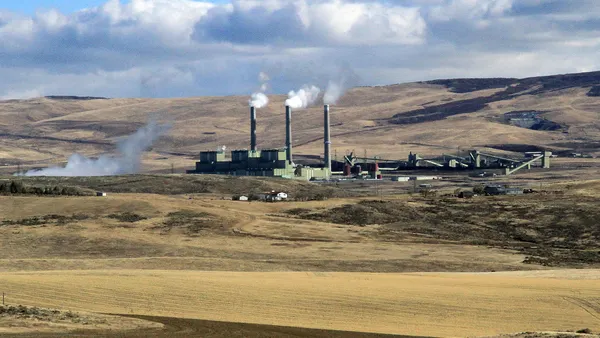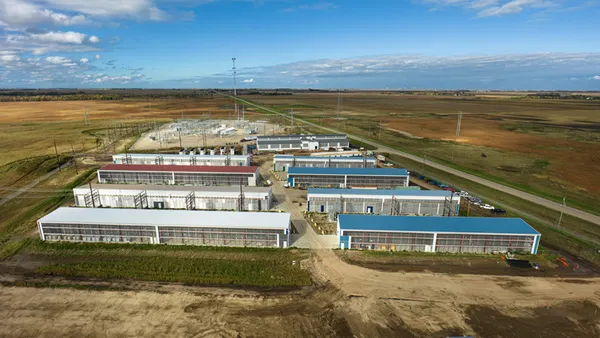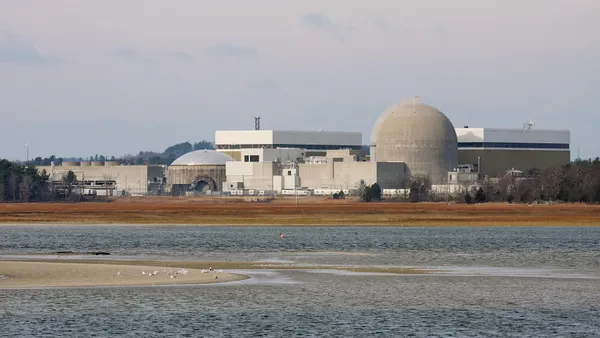It may have happened more than two years ago, but many in the electric reliability community still talk about Hurricane Sandy like it was yesterday. It was just that kind of catastrophic event.
The storm, which slammed the eastern seaboard in late October 2012, left more than 8 million people without power, some as far west as Michigan. Storm surge and high winds ravaged coastal boardwalks and homes, paralyzed transportation, and even submerged the New York City subway.
For electric utilities, the costs were especially steep. In coastal states, 69 power plants and 102 substations were in areas flooded by storm surge, according to a recent article in IEEE Power & Energy Magazine.
All that helped make Sandy the second-most expensive storm in the nation’s history, with more than $68 billion in property damage.
But with increasingly unpredictable and extreme weather, what would Sandy have looked like in a warmer world? And what can utilities do to manage the impacts?
Those questions are the focus of new research from consulting firm DNV GL, which brought their engineers together with scientists from the National Center for Atmospheric Research. They found that climate change presents frightening new challenges for physical grid security, but there are actions that utilities can take to mitigate the consequences of the worst storms.
Climate change risks 'clouded with uncertainty'
Managing the risks associated with climate change is “clouded with uncertainty,” warns Dick Bratcher, senior principal consultant for project management and technical services at DNV GL. He’s the co-author of a case study on Long Island in the DNV GL report “Adaptation to a Changing Climate” and spoke to Utility Dive after his presentation at the National Summit on Climate Change and Smart Grid.
DNG GL’s ADAPT framework, a “probabilistic risk analysis framework,” helps inject the clarity into the conversation by assessing hazards and vulnerabilities, accounting for uncertainties, and identifying risk management procedures.
Bratcher says his team has been looking at ways that companies can prepare for the effects of climate change for some time. They began developing ADAPT about five years ago for the oil and gas industry, but Hurricane Sandy prompted them to relate their work to electric utilities. He says the goal of the research is to help utilities make decisions about when, where and how to harden their grid infrastructures.
“Sandy happened and people at the corporate headquarters in Oslo came to us and said ‘We’d like to do a study of impacts and adaptation for infrastructure in New York City,’” Bratcher told Utility Dive. “We thought that was a little broad … so we suggested that we just look at utilities … That's how it all came to be.”
Because Long Island was nearly directly in Sandy’s path, it provided an ideal location for a storm case study. During the storm, 90% of the Long Island Power Authority’s (LIPA) 1.1 million customers lost power. 51 substations were damaged and nearly 2,500 transformers needed repair or replacement, along with more than 4,400 distribution poles and 400 miles of wire. Two weeks after the storm, 45,000 were still without power on Long Island, triggering a lawsuit against LIPA.
Bratcher and his team used a number of scenarios from the UN Intergovernmental Panel on Climate Change to simulate the strength of Sandy-like storms under different climatic conditions in 2020, 2050, and 2090.
“Ideally, one would like to be able to say what the frequency of storms will be in the future but the climate science isn't quite there yet,” Bratcher said. “So, we decided on this scenario-based approach that looked at IPCC projections of climate change in future years, ran climate models to get the parameters we needed, and then related them to damage to utility infrastructure.”
The impacts of bigger, badder storms
Unsurprisingly, Bratcher and his team found that the warmer the atmosphere got, the worse the simulated storms were.
In 2090, for instance, when the global climate was projected to have risen by 4 degrees Celsius, the hypothetical storm dumped double the precipitation of Sandy on Long Island. Winds speeds also increased substantially—up to 40 meters per second faster before landfall. Warmer ocean temperatures also pushed the projected storms further north, threatening more of the northeastern seaboard.
The impacts of stronger storms are serious for utilities, especially on their distribution systems. While the DNV GL team found that even the strongest storms wouldn’t be enough to seriously threaten transmission lines, distribution cables and substations were not so lucky.
“The storm surge from a future Sandy combined with sea level rise between now and say 2050 or 2090 … would significantly impact Long Island,” Bratcher said. “About twice as many substations would be subject to flooding and damage.”
That spells serious trouble for utilities as heightened flooding and higher winds also threaten distribution poles and lines. But Bratcher says there are certain things they can do to adapt. He says that integrating smart grid technology is essential to optimizing the reliability of distribution circuits.
“We managed to do some modeling that would help us to understand what could be done to ameliorate some of the damages,” Bratcher said. “So we looked at things like automated distribution management, sensors, better communications equipment, and found that for a test circuit that only had a 70% chance of surviving under these future Sandy conditions, we could get that up to 98% by implementing some of these measures.”
Bratcher stresses that this study was only a demonstration project, meant to show how the framework can be applied in Long Island and elsewhere. Because of that, its results cannot be considered a comprehensive understanding of what might happen in a future hurricane. But, because climate data is available for the entire east coast, Bratcher says replication of his case study for other cities is possible.
“The global climate modeling that was done covered the whole eastern seaboard of the U.S.,” he said. “So, we have that basic information for the entire eastern seaboard and could do anything along that area.”
How utilities can respond: ‘Building for the future’
For utilities, preparing for the stronger storms of the future is all about understanding where your vulnerabilities are on the grid and making strategic investments to harden them, Bratcher says. But he worries that many still don’t see climate change as near-term enough to warrant serious infrastructure upgrades.
“Utilities typically at the most have a 20-year planning horizon in terms of long-term integrated resource plans and typically the cycles they think about are five years, one year, or a quarter,” he said. “So, when we look at results in 2050 or 2090, it's hard to imagine utilities doing anything in that situation.”
Bratcher says some utilities will be heartened that his team’s 2020 projections were hardly changed from the actual Sandy conditions.
“In a way you could say the results are perhaps encouraging to utilities, that they don’t have an imminent threat from climate change,” Bratcher said.
Even so, the researcher warns that the risks are real to the grid, and will have to be dealt with sooner or later. Bratcher says how utilities rebuild from storms on the way to 2050 and 2090 will likely determine how ready they are for the bigger storms of the future.
“What makes sense to me is to look at what your most sensitive infrastructure is, understand what the risks are, harden those systems where it makes sense, improve your emergency response procedures,” Bratcher said. “Then in the longer term, it’s really about responding to the next event in a way that allows you to not just rebuild to the existing standards, but to rebuild in a more robust way, so that you’re essentially building for the future.”












